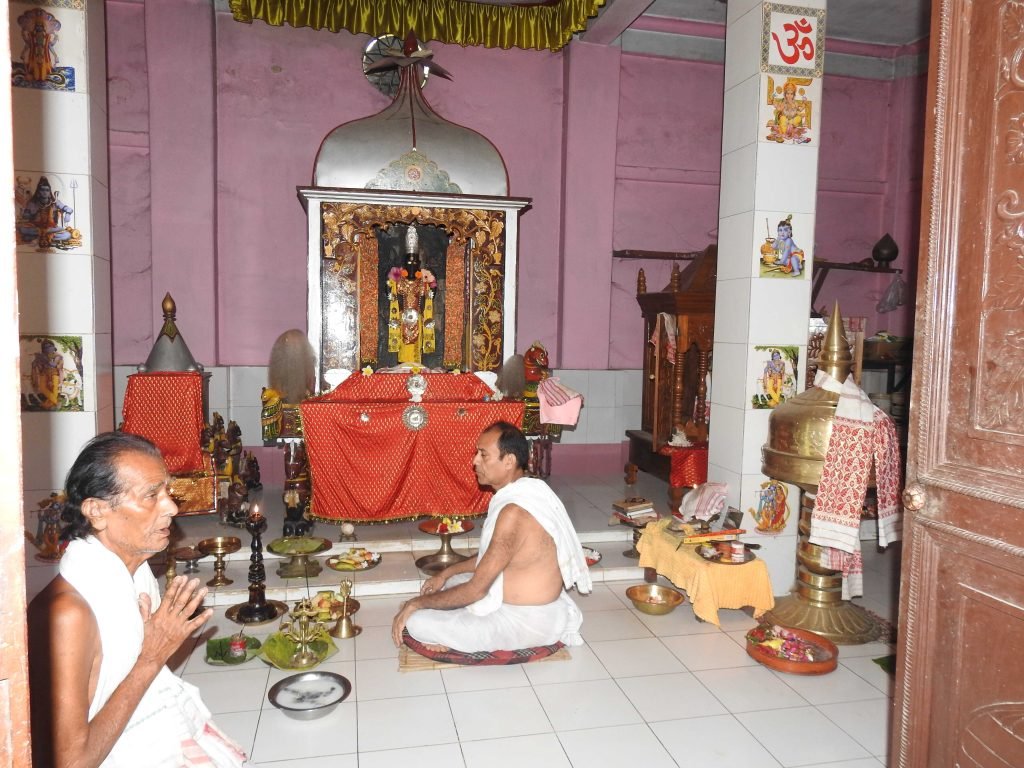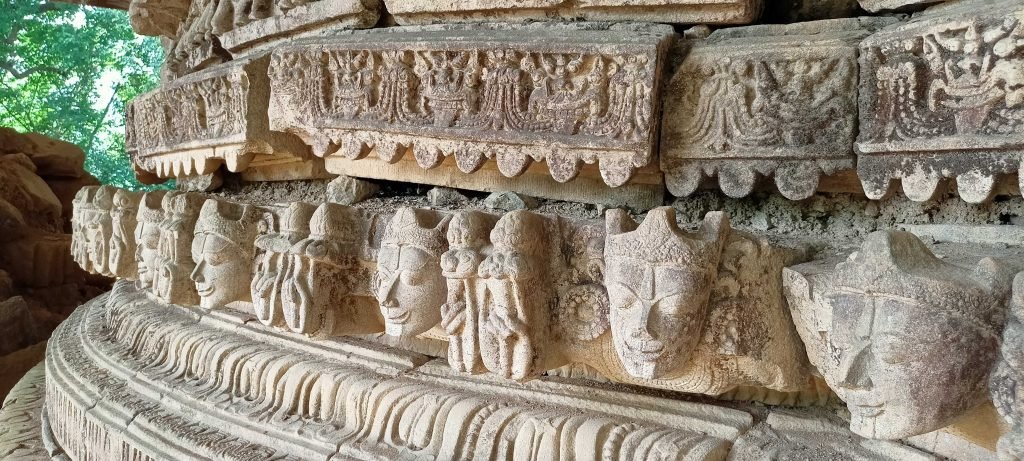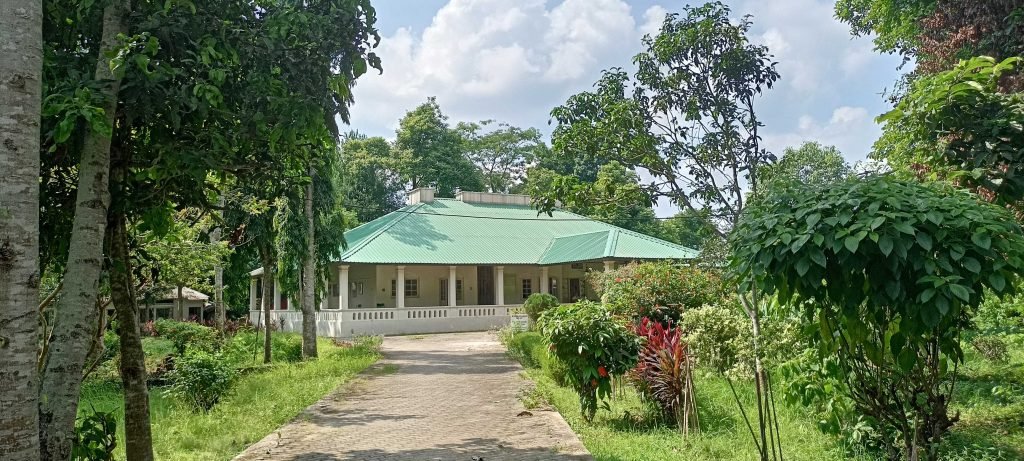Embark on a journey beyond wildlife from Kaziranga, and you will be surprised by the discoveries. First is a trip to Bokakhat, a mere 30 km away—where you will find the Kuruabahi Satra, a grihasthi satra that is home to householder inmates, unlike the celibate devotees. Its lively ambiance sets the tone for a journey that will take you to an archaeological site and a town steeped in the flavours of yesteryears.


About eight km away from Bokakhat is Numaligarh—boasting of a famed oil refinery and Deoparbat, an archaeological site situated on a hillock. Ranking among the most interesting of about 350 archaeological sites scattered across Assam, it is an ancient Shiva temple that dates to the 11th-12th century CE. The climb of approximately 230 steps is every bit its worth— there are fascinating panels of adhisthanai of the garbhagriha apart from carvings that are episodic depictions from the Ramayana, the Mahabharata, and the Bhagwata Purana.The architectural style is indigenous, with ornamentation and images rare in Indian art. Each of the sculptures—especially those of nymphs with lotus bud in hand—is naturally lively and enthralling.



Driving down further, about 30 km away, is the quintessentially old-world Assam town of Golaghat. Must-visits here are Cally Coomar Doss Co. Pvt. Ltd, a departmental store which was established in 1930, and the Golaghat British Cemetery, one of Assam’s oldest burial grounds that dates to 1876 and holds 28 graves of British tea estate officers and their family members.Of course, the jewel in Golaghat’s crown Úncle Robin’s Natural History Museum for Children—a treasure house of curios, artefacts, dolls, and documentaries on nature from all over the world (closed on Wednesdays). It is Padmashree Late Robin Banerjee’s film Kaziranga—first screened on Berlin Television in 1961—that put Kaziranga on the world tourist map.

What better that on the eve of World Tourism Day, 2021, focussing on Tourism for Inclusive Growth that one hopes that least-visited places will find their rightful place under the sun.
